Interviews with Experts
Mastering the Art of Choosing Drought-Resilient Trees for Your Garden
When it comes to selecting trees for your garden, think of them as the anchors of your landscape, standing strong and resilient through the changing seasons. But with the increasing challenges of drought, it’s crucial to choose trees that can thrive in arid conditions.
You may be wondering how to navigate the wide array of options available and make the best choice for your space. Well, fear not, because by the end of this discussion, you’ll have a clear understanding of the essential factors to consider when selecting drought-resilient trees for your garden, ensuring a thriving and sustainable landscape.
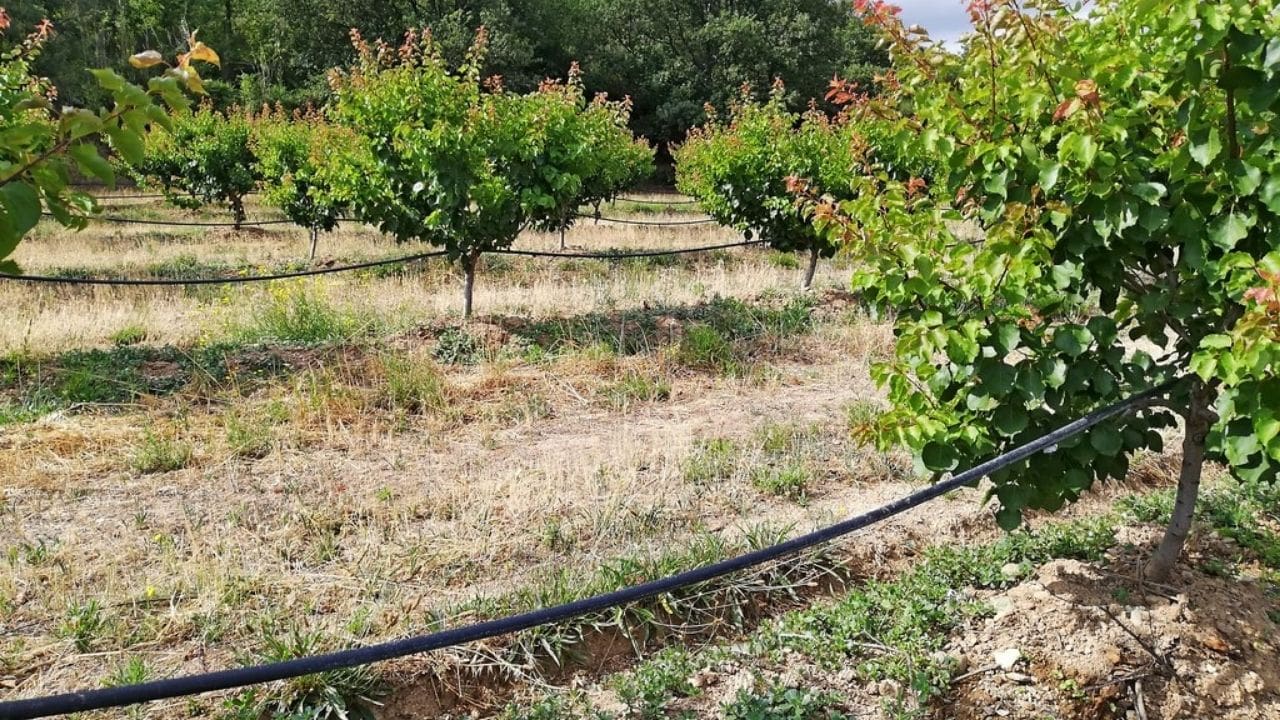

Key Takeaways
- Research your climate zone and choose tree species that are native or well-adapted to your climate and soil conditions.
- Select native species to promote drought resilience, minimize chemical interventions, and support local wildlife and ecosystem health.
- Assess water requirements and choose low-water tree species suited to your region’s precipitation levels.
- Evaluate your soil type and choose tree species that thrive in your specific soil characteristics, considering factors like drainage, compaction, and fertility. Consider soil amendments if necessary.
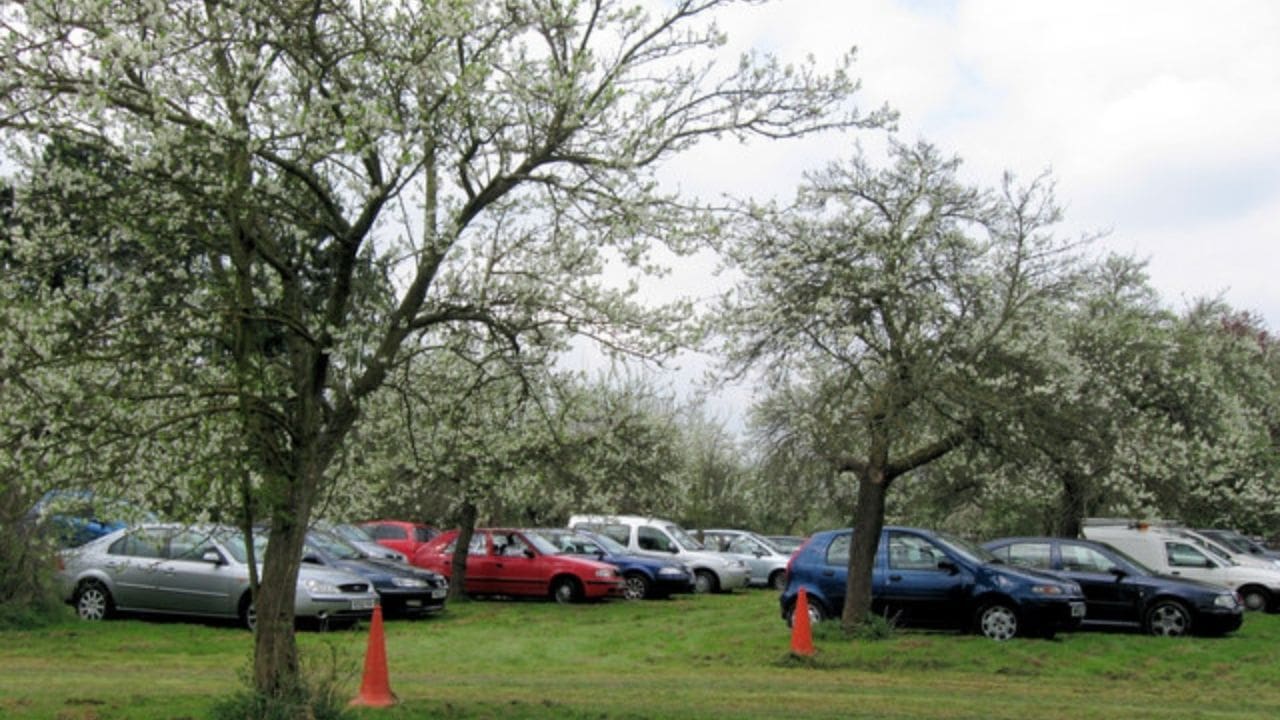

Research Climate Zone
To identify drought-resilient trees for your garden, start by researching your climate zone to determine the most suitable species for your specific environmental conditions. Understanding your climate zone is crucial in selecting trees that can withstand drought conditions while thriving in your specific area.
Consult the USDA Plant Hardiness Zone Map or the Köppen Climate Classification System to identify your climate zone accurately. Once you’ve identified your climate zone, look for trees that are native or well-adapted to that particular zone.
For example, if you reside in a hot and arid climate, consider trees like the Desert Willow (Chilopsis linearis) or the Palo Verde (Parkinsonia spp.), known for their ability to survive in low-water conditions. However, if your climate zone experiences periodic drought followed by heavy rainfall, species like the Eastern Redbud (Cercis canadensis) or the Kentucky Coffeetree (Gymnocladus dioicus) may be suitable choices.


Identify Native Species
When choosing drought-resilient trees for your garden, it’s crucial to identify native species that are well-adapted to your local climate and soil conditions.
Native trees have evolved to thrive in their specific environments, making them more resilient to drought and other environmental stressors.
Importance of Native Trees
Native tree species play a vital role in maintaining the ecological balance and resilience of local ecosystems. When selecting trees for your garden, prioritizing native species offers numerous benefits:
- Drought Adaptation: Native trees have evolved to survive in local climate conditions, making them naturally more resilient to drought.
- Ecosystem Support: They provide essential habitats and food sources for local wildlife, contributing to the overall health of the ecosystem.
- Pest and Disease Resistance: Native trees have developed natural defenses against pests and diseases common to the area, reducing the need for chemical interventions.
Benefits of Native Species
Selecting native tree species for your garden ensures a natural alignment with the local environment and its ecological balance, promoting drought resilience and minimizing the need for chemical interventions.
Native species have adapted to the specific climate, soil, and environmental conditions of your region, making them inherently more resilient to drought and pests. By choosing native species, you’re supporting the preservation of local biodiversity and ecosystem health.
These trees provide food and shelter for native wildlife, contributing to the overall stability and balance of the local ecosystem.
Additionally, native species typically require less maintenance and are better equipped to withstand extreme weather conditions, reducing the need for excessive watering, fertilizers, and pesticides.
Compatibility With Local Environment
To identify native tree species that are compatible with your local environment, consult with a certified arborist or a reputable botanical garden in your area for expert guidance. Native species are crucial for maintaining the ecological balance and ensuring the long-term health of your garden.
When choosing drought-resilient trees, consider the following:
- Local Climate: Select trees that are well-adapted to your region’s specific climate and weather patterns.
- Soil Type: Choose trees that thrive in the soil type prevalent in your area, whether it’s sandy, loamy, or clay-based soil.
- Ecosystem Support: Opt for trees that provide essential support to local wildlife and contribute to the overall biodiversity of the region.
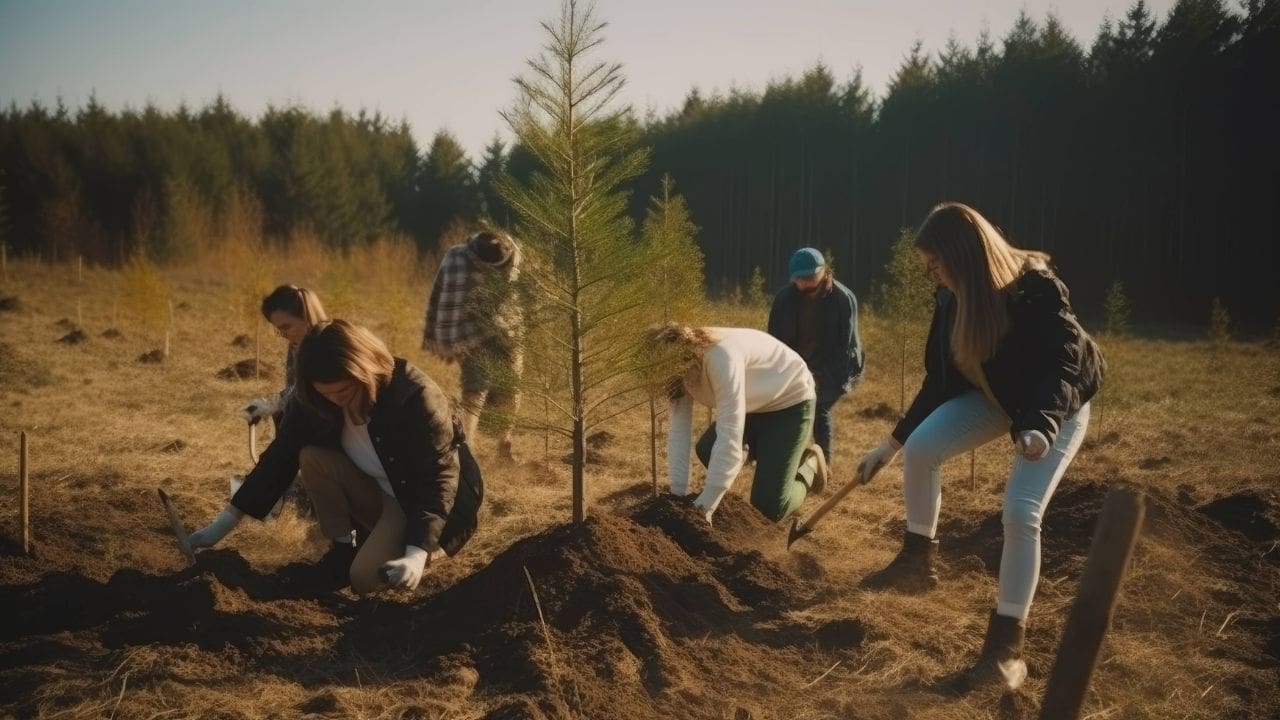

Consider Tree Size at Maturity
When choosing drought-resilient trees for your garden, it’s essential to consider the size the tree will reach at maturity to ensure it fits well within your landscape and doesn’t outgrow its space. Selecting a tree that won’t overwhelm your garden as it matures is crucial for the long-term health and safety of your outdoor space. Large trees, if not planted with consideration for their mature size, can pose risks such as root damage to structures, interference with power lines, and overshadowing of other plants.
To determine the mature size of a tree, research its expected height, spread, and root system development. Consider the proximity of buildings, walkways, and utility lines when choosing a tree. Additionally, think about the potential impact on sunlight exposure for other plants in your garden. Opting for a tree species that fits well within your landscape ensures that it will thrive without causing future disruptions.
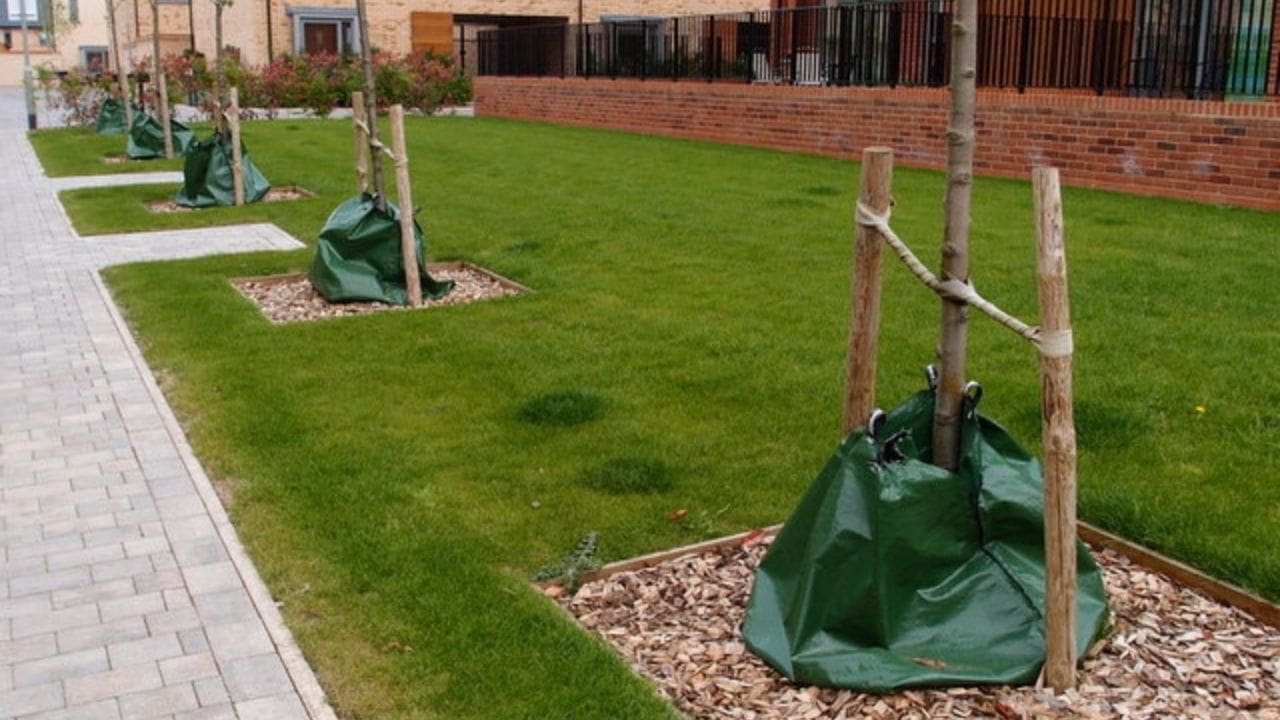

Evaluate Water Requirements
Assessing the water requirements of trees is crucial for their survival in drought conditions. You should prioritize selecting tree species with low water needs to ensure your garden remains resilient in times of water scarcity.
Water Needs Assessment
Evaluate the water requirements of potential tree species to ensure their suitability for your garden’s climate and soil conditions. Consider the following factors when assessing water needs:
- Climate: Determine if the tree species is adapted to your region’s typical rainfall and temperature patterns.
- Soil Type: Assess the soil’s ability to retain moisture and understand how it interacts with the tree’s root system.
- Mature Size: Larger trees generally require more water, so consider the space available and how it may impact water availability for other plants.
Understanding the water needs of potential tree species is crucial for the long-term health of your garden. By evaluating these requirements, you can make informed decisions that support a thriving and sustainable landscape while conserving water resources.
Choosing Low-Water Species
To select low-water tree species suitable for your garden, it’s essential to thoroughly understand their water requirements in relation to your garden’s climate and soil conditions. Evaluate the specific water needs of each tree species by considering factors such as evapotranspiration rates, drought tolerance, and root depth.
Select tree species that are well-suited to your region’s typical precipitation levels and soil type. Consider native species, as they’re often naturally adapted to local water availability and soil conditions. Look for trees with features such as small, waxy, or silver-colored leaves, which can indicate an ability to conserve water.
Additionally, prioritize trees known for their minimal water requirements once established. By carefully evaluating water requirements, you can choose low-water tree species that will thrive in your garden while minimizing water usage.
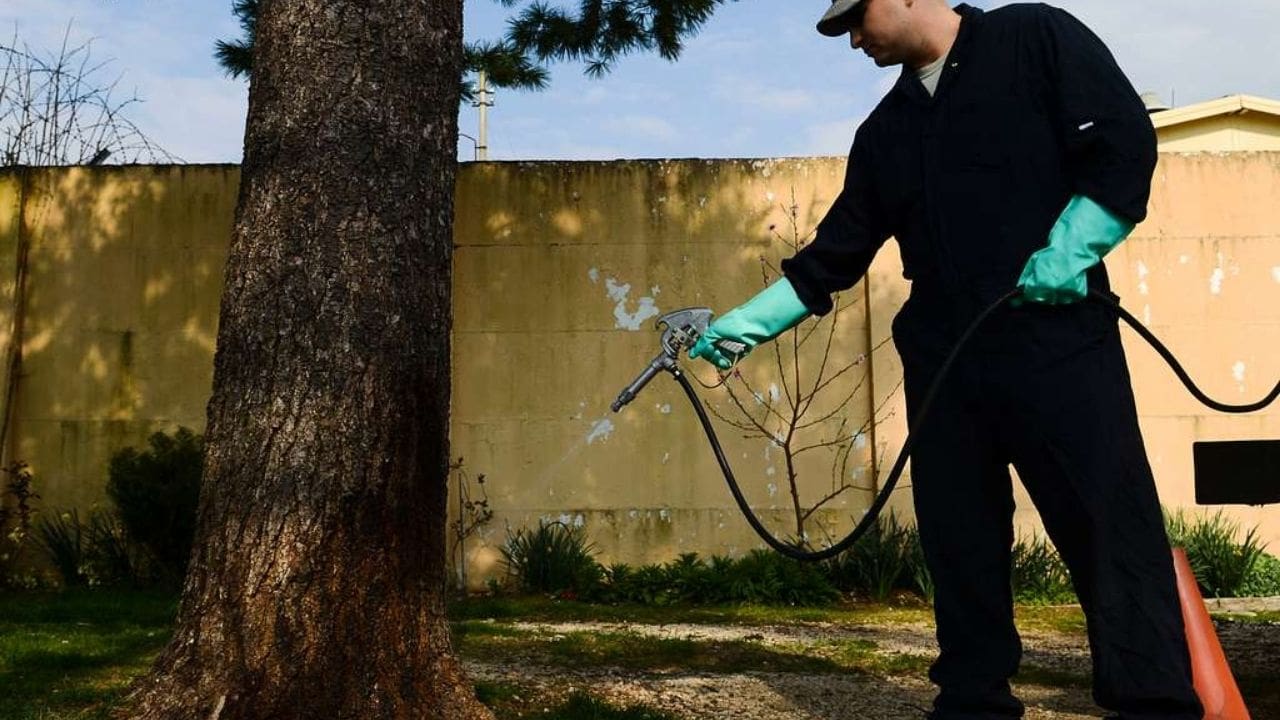

Assess Soil Type Compatibility
Before selecting trees for your garden, it’s crucial to determine their compatibility with the soil type to ensure their resilience in drought conditions. Assessing soil type compatibility is essential in making informed decisions about which trees will thrive in your garden.
Here’s how to do it:
- Conduct a soil test: Use a soil testing kit to analyze the pH level, nutrient content, and texture of your soil. This will help you understand the specific characteristics of your soil and which trees are best suited for it.
- Research tree soil preferences: Different trees have different soil preferences. Some may thrive in well-draining sandy soil, while others may prefer the moisture retention of clay soil. Research the soil preferences of the trees you’re considering to ensure they align with your garden’s soil type.
- Consider amendments: If your soil isn’t ideal for the trees you want to plant, consider amendments such as compost, peat moss, or sand to improve its texture and nutrient content.
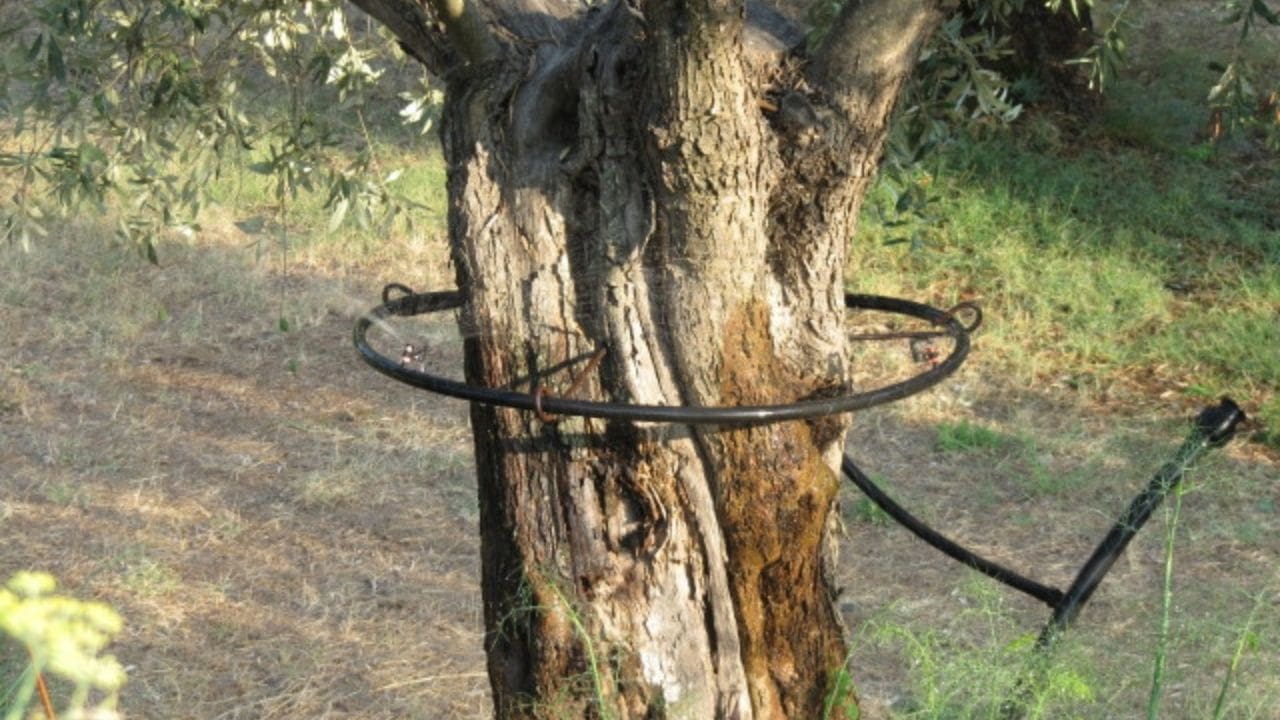

Choose Trees With Deep Root Systems
Assessing soil type compatibility is crucial, and one key aspect to consider when choosing drought-resilient trees for your garden is selecting trees with deep root systems. Deep-rooted trees are better equipped to withstand drought conditions as they can access moisture from deeper soil layers. This is essential for the long-term health and survival of the tree, especially during periods of limited water availability.
Trees with deep root systems, such as oak, hickory, and pine, are well-suited for drought-prone areas. Their extensive root networks enable them to reach moisture reserves that are inaccessible to shallower-rooted trees. When selecting trees for your garden, prioritize species known for their deep root systems to ensure their resilience during dry spells.
Furthermore, deep-rooted trees can also help prevent soil erosion and increase soil stability, making them an excellent choice for maintaining the integrity of your garden during drought conditions. By choosing trees with deep root systems, you can enhance the sustainability and long-term viability of your garden while promoting a safe and stable environment for your landscape.
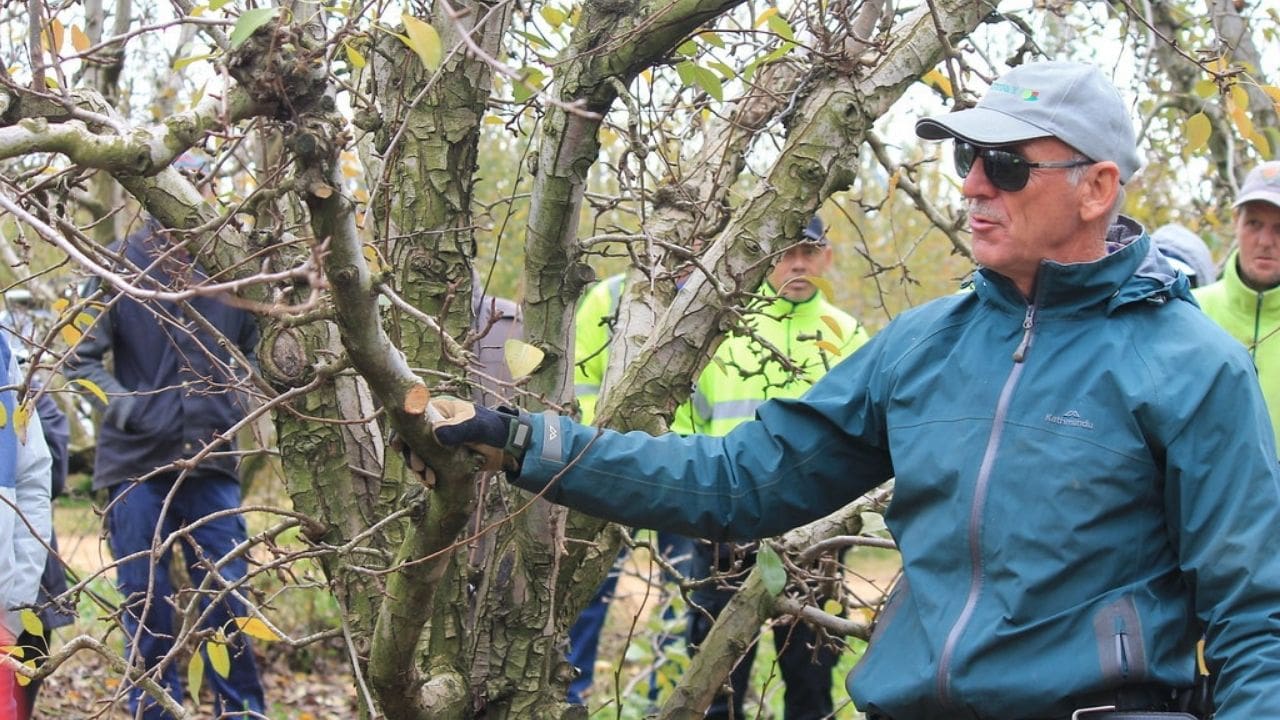

Look for Heat-Resistant Features
When selecting drought-resilient trees for your garden, consider identifying heat-resistant features that contribute to their ability to thrive in hot and arid conditions. Look for trees with the following heat-resistant features:
- Reflective foliage: Trees with light-colored or waxy leaves are better at reflecting sunlight, reducing heat absorption, and minimizing water loss through transpiration.
- Drought-tolerant bark: Seek trees with thick, corky, or resinous bark that can insulate the tree’s sensitive inner layers from extreme temperatures and reduce water loss.
- Efficient water transport systems: Trees with efficient water transport systems, such as smaller and more numerous stomata or specialized tissues for water storage, are better equipped to withstand high temperatures and water scarcity.
These heat-resistant features are crucial for ensuring the long-term health and survival of trees in your garden, especially in regions with hot and arid climates. By carefully considering these features, you can select trees that are better equipped to withstand the challenges of extreme heat, ultimately contributing to a more resilient and thriving garden.
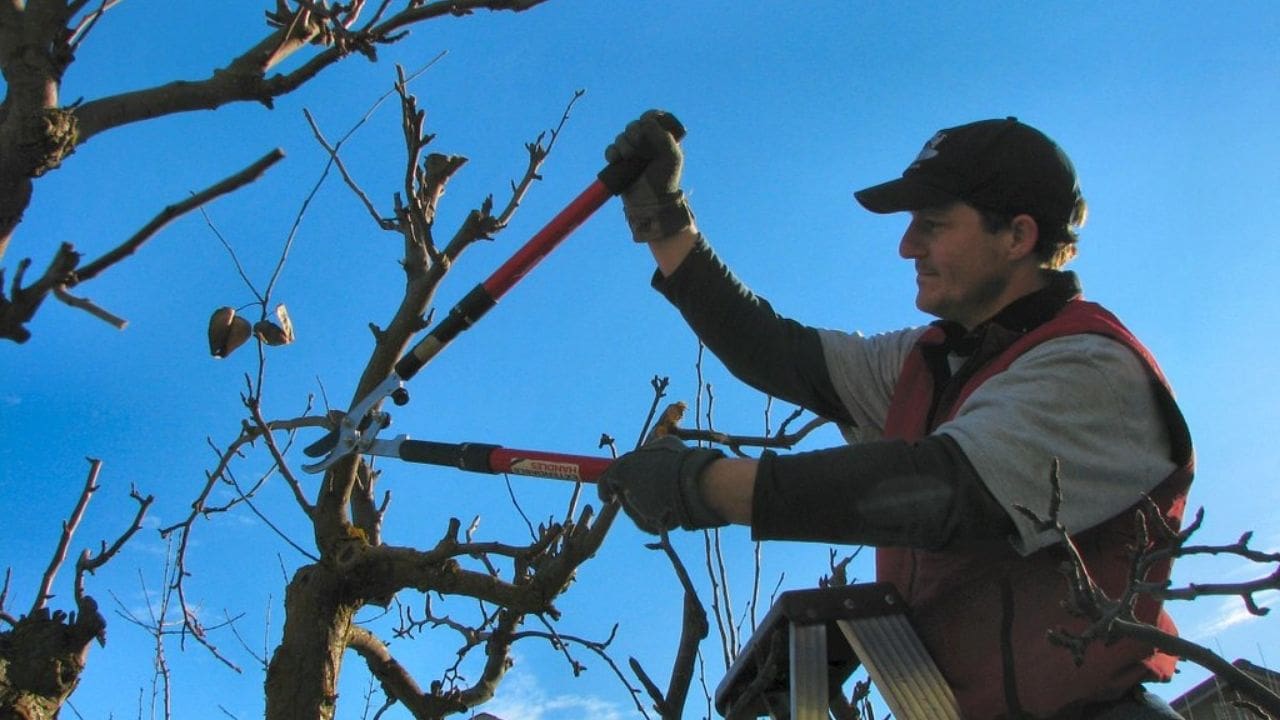

Prioritize Pest-Resistant Varieties
Selecting pest-resistant tree varieties is crucial for maintaining the long-term health and vigor of your garden in the face of potential pest infestations and minimizing the need for chemical interventions.
When choosing trees for your garden, prioritize varieties that have demonstrated resistance to common pests in your area. Look for species that have natural defenses against prevalent pests, such as specific chemical compounds in their leaves or bark that deter insects. Additionally, consider the use of integrated pest management strategies, which involve selecting tree species that are less prone to pest infestations and promoting a healthy ecosystem that encourages natural pest control.
It’s essential to research the pest resistance of different tree varieties before making your selection. Consult with local horticulturists or arborists to identify tree species that are known for their resilience to common pests in your region.
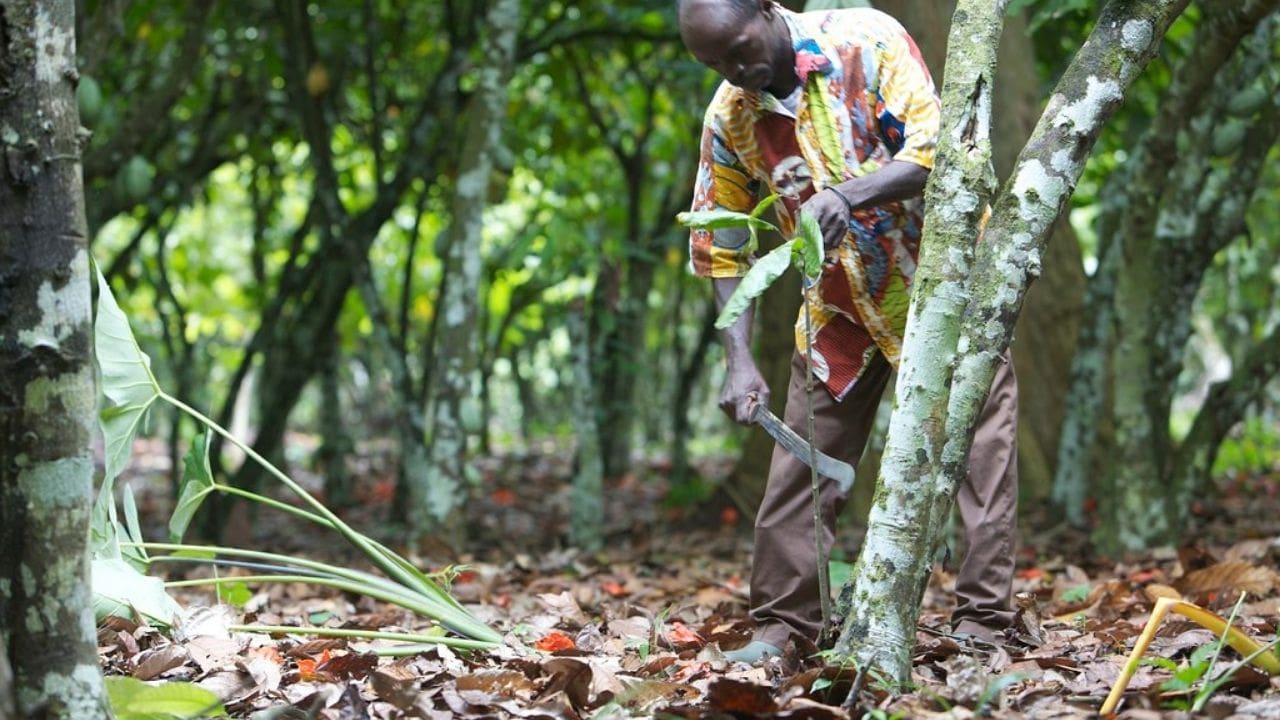

Check for Seasonal Interest
To ensure a well-rounded selection of drought-resilient trees for your garden, it’s important to consider their seasonal interest, which adds another layer of appeal and functionality to your landscape. When choosing trees for your garden, keep in mind that they should offer visual interest and contribute to the overall aesthetic appeal of your outdoor space throughout the year.
Here’s what to consider:
- Flowering Period: Look for trees that bloom at different times of the year, providing bursts of color and attracting pollinators to your garden.
- Foliage Changes: Select trees with leaves that change color or produce interesting textures during different seasons, adding visual variety to your garden.
- Fruit or Berries: Consider trees that bear fruit or berries, as they can provide food for wildlife and add interest to your landscape.
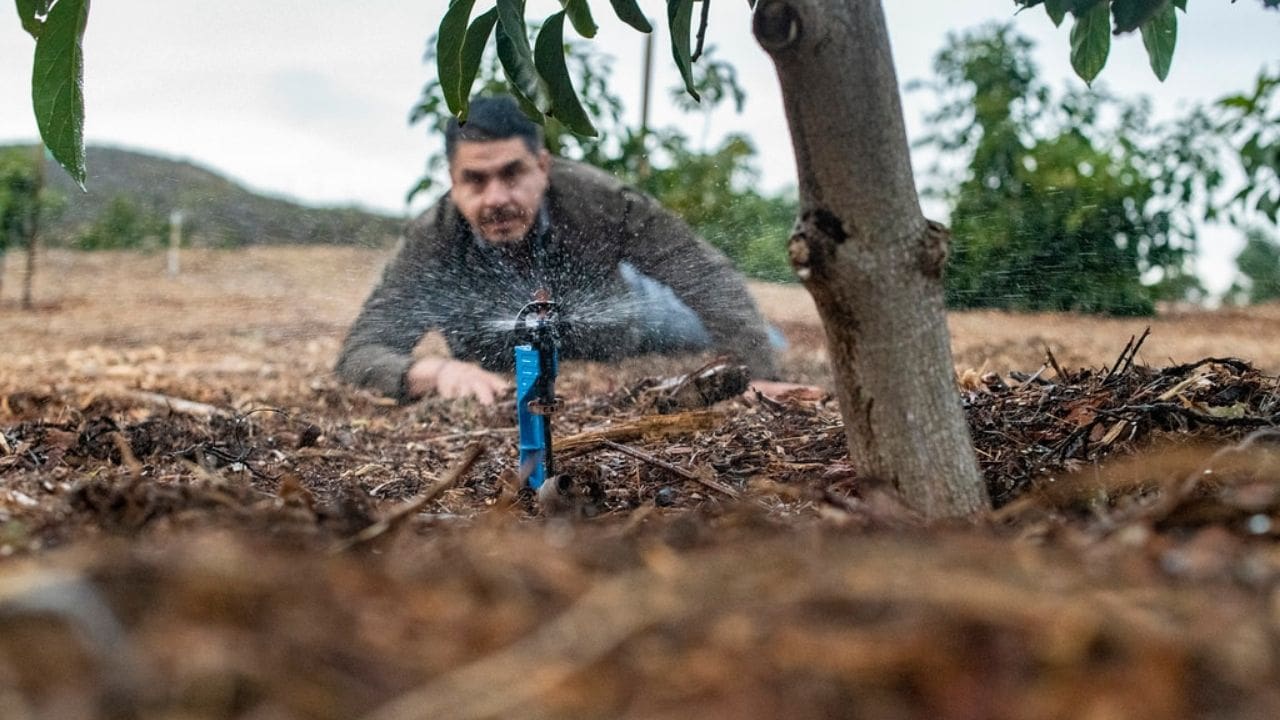

Frequently Asked Questions
Can I Use Drought-Resilient Trees in a Non-Drought Prone Area?
You can use drought-resilient trees in a non-drought prone area, as they require less water and maintenance. However, ensure the selected tree species are suitable for the local climate and soil conditions to thrive.
How Can I Incorporate Drought-Resilient Trees Into My Existing Garden Design?
To incorporate drought-resilient trees into your existing garden design, assess your space, select suitable species, and strategically plant them. Consider factors like soil type, sun exposure, and water availability. Implementing these thoughtful tactics ensures successful integration.
Are There Any Special Maintenance Requirements for Drought-Resilient Trees?
You should regularly monitor the moisture level of the soil and provide supplemental watering during prolonged dry spells. Additionally, it’s essential to mulch around the base of the tree to retain moisture and reduce water evaporation.
Can I Mix Drought-Resilient Trees With Other Types of Trees and Plants in My Garden?
Yes, you can mix drought-resilient trees with other types of trees and plants in your garden. However, it’s important to consider the water and sunlight needs of each species to ensure they thrive together.
Are There Any Specific Pruning or Shaping Techniques for Drought-Resilient Trees?
When shaping drought-resilient trees, prioritize minimal pruning to maintain their natural resilience. Use proper cutting techniques to avoid damage and disease. Prune during dormant periods and remove dead or crossing branches for healthy growth.


Hello there! I’m Logan Foster, the green-thumbed social media marketer behind the vibrant world of 1800TreeGuy.com. With roots firmly planted in arboriculture, I’ve branched out to help clients cultivate their dream outdoor spaces, one leafy canopy at a time. My knack for nurturing nature is more than a profession—it’s a way of life.
When I’m not talking trees and teaching the art of arboreal care, you can find me cheering on the Bulldogs—my alma mater’s pride and my forever team. My environmental studies there didn’t just teach me about ecosystems; they instilled a lifelong passion for protecting our planet.
Off the clock, I’m an adventurer at heart. Whether it’s trekking the Appalachian trails, pedaling down a mountain path, or crafting guides to share the wonders of the wild, I’m happiest with soil under my nails and the sun on my face. And let’s not forget Yoda, my pug sidekick. He may not have mastered the art of stillness, but his joyful grins are my daily dose of happiness.
I’m all about making connections—between people and the great outdoors and between my clients and their ideal landscape visions. My approach is personal; every tree has a story, and every garden reflects its caretaker.
If you want to green your scene or share in my outdoor escapades, give me a shout on Instagram or Facebook. Let’s cultivate a conversation and grow a community rooted in a love for the lush life.







